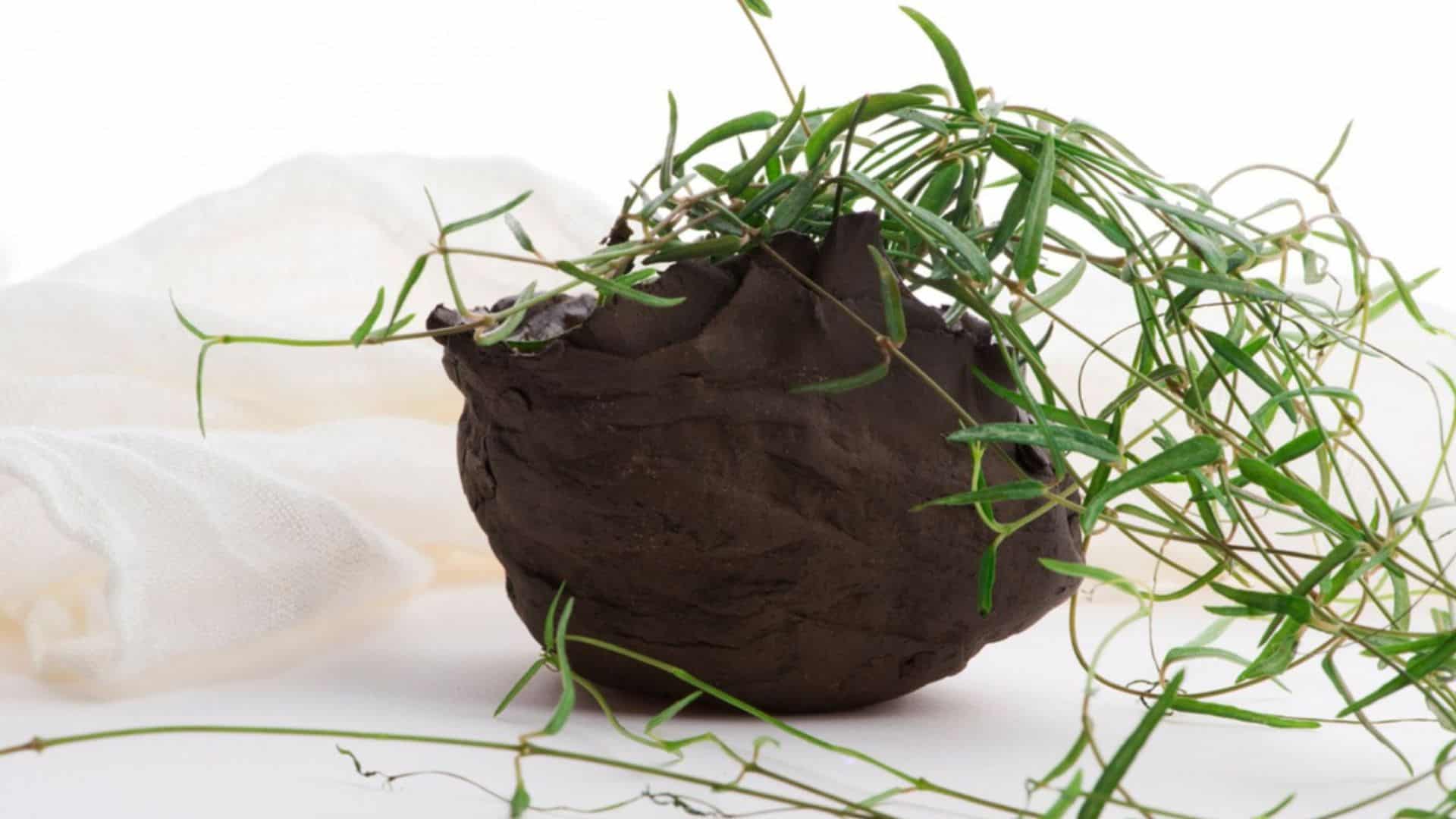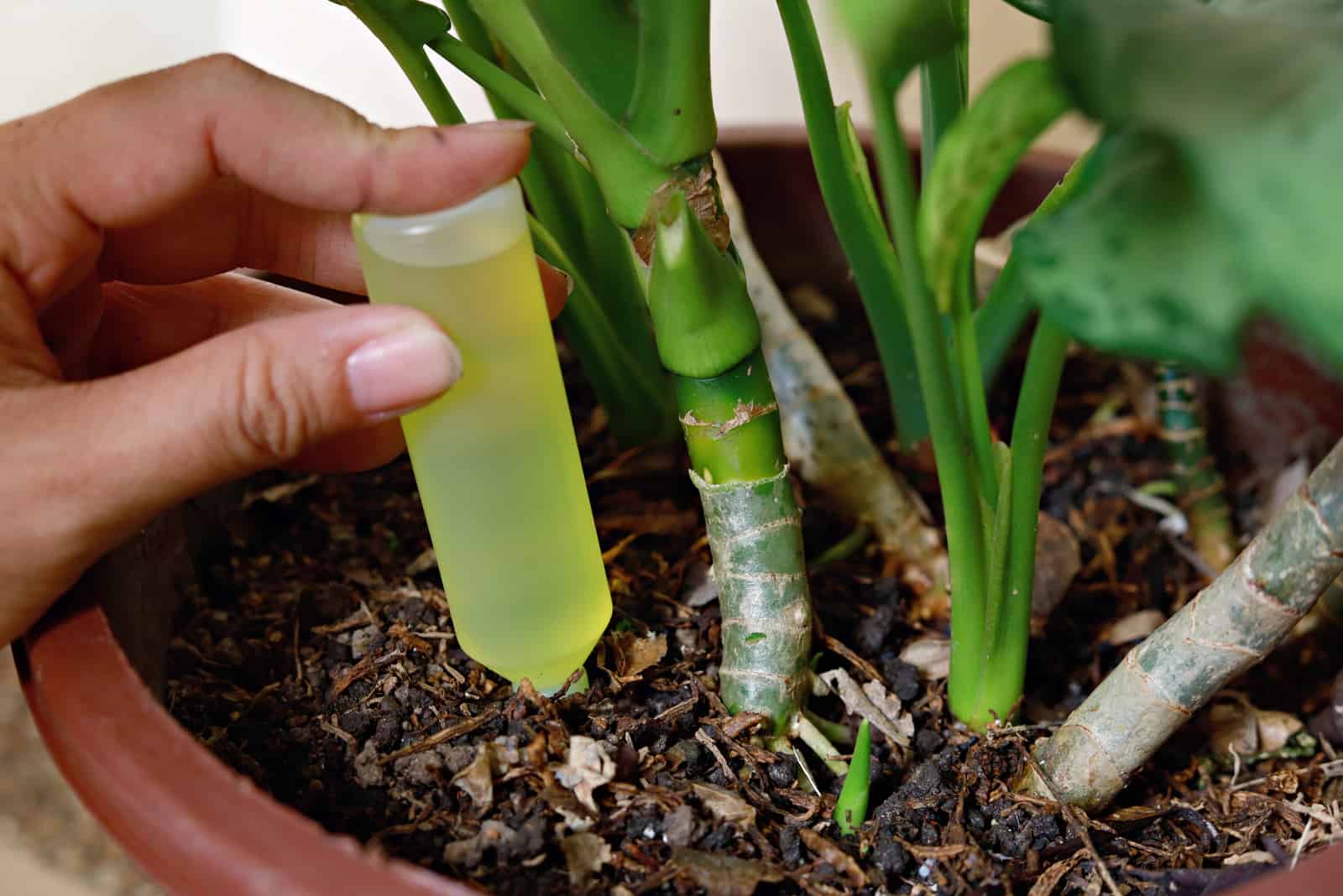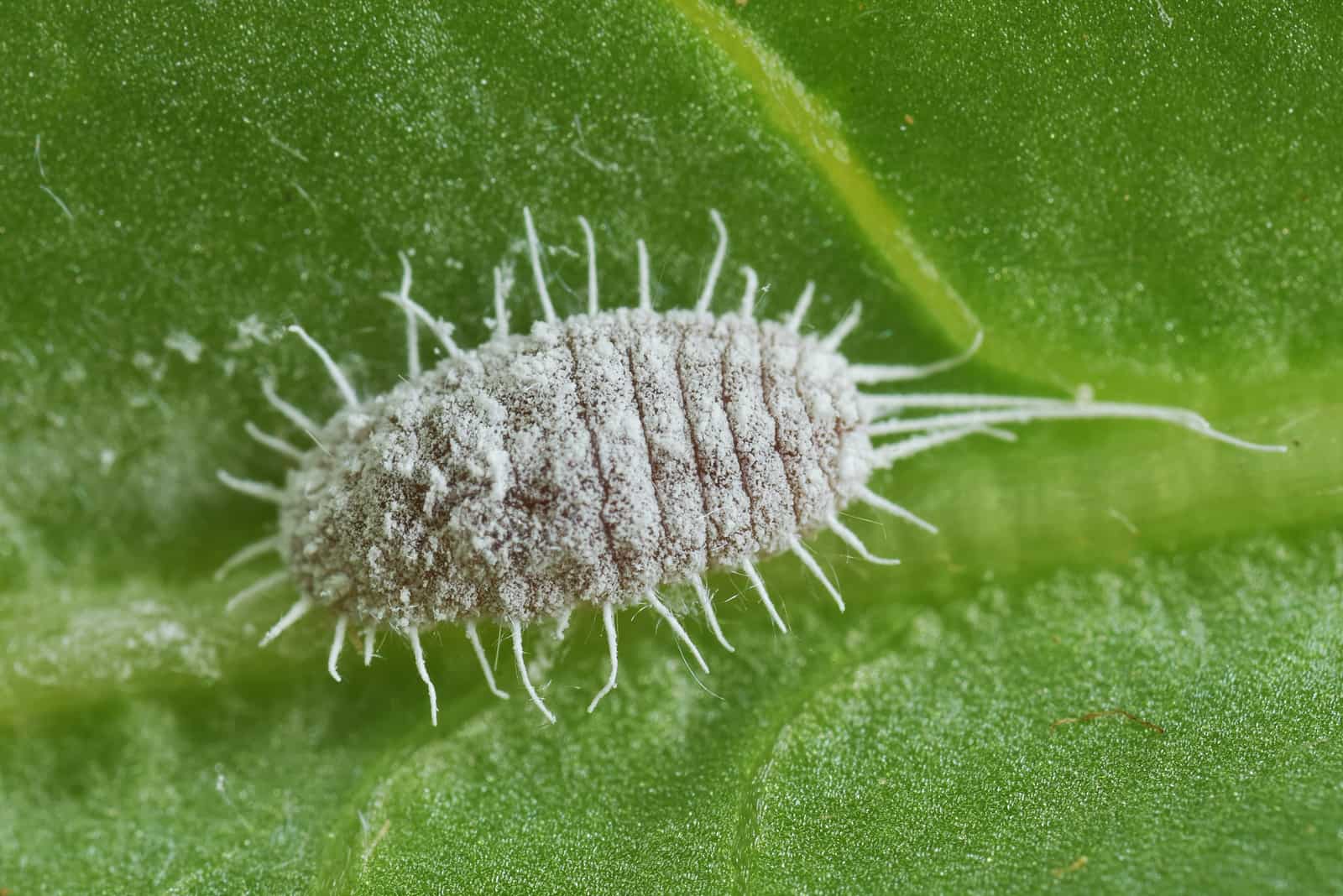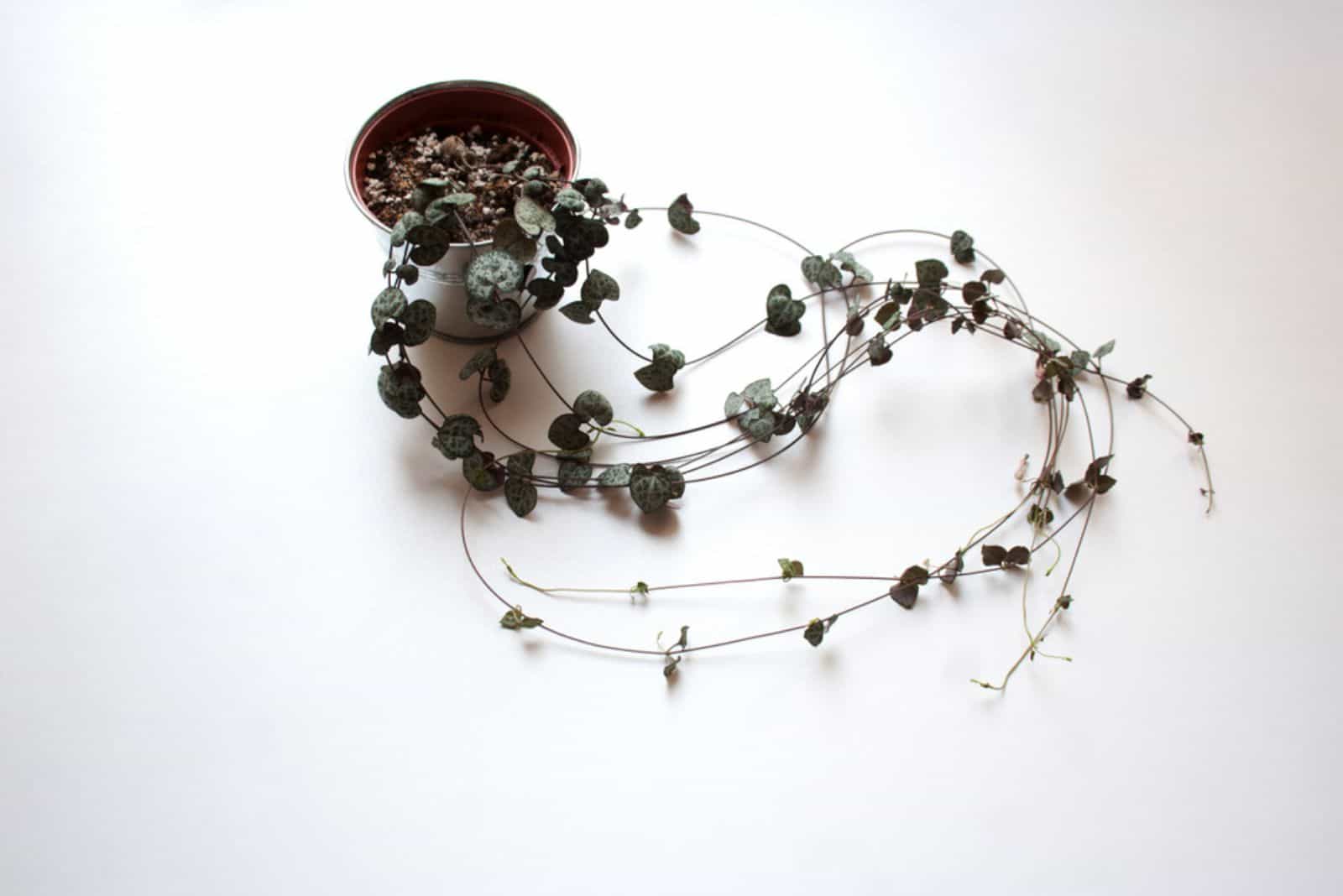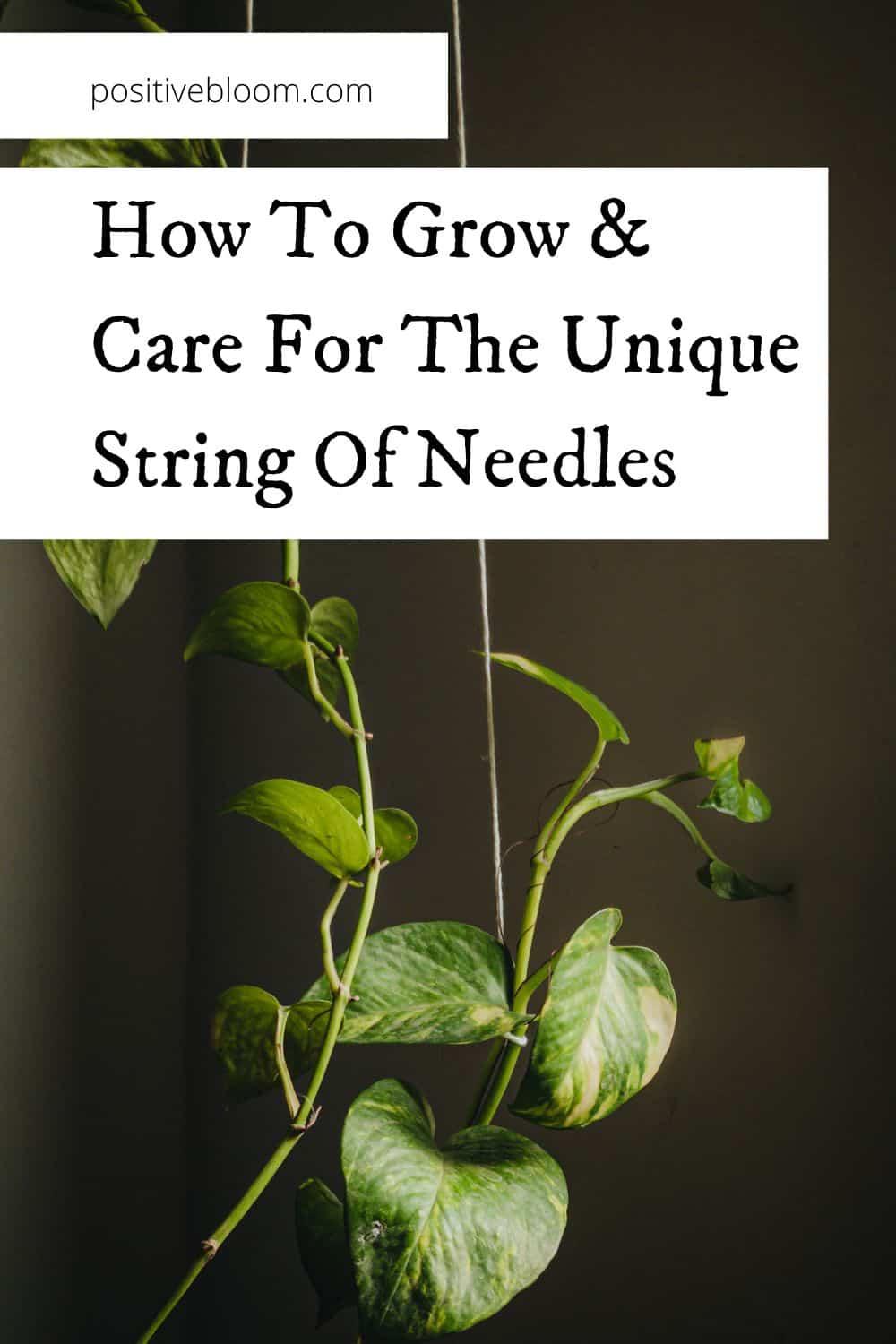Many growers like to add uncommon plants to their collections from time to time. If you are one of them, and especially if you are a novice, I recommend the string of needles!
It really has a strange name, but for an interesting reason; the leaves are small, needle-like, and grow on lengthy vines.
Don’t worry, the leaves won’t sting you and you can take care of the plant without worrying about it.
This plant has simple care requirements and is very, very hard to kill.
Before I tell you everything about it, here’s some basic info:
[table id=493 /]
Let’s get started!
What Is The String Of Needles?
The string of needles is an epiphytic and lithophytic plant species, which means it grows on rocks or trees in its natural environment.
This succulent is native to South Africa. It belongs to the Apocynaceae family and is a part of the Ceropegia genus. Its close relative is the famous string of hearts plant.
We should thank Ernst Heinrich Friedrich Meyer for this plant. He was a German botanist and the first to identify the string of needles.
This plant was discovered in 1836 and got the name linearis because its leaves are lengthy and blade-like.
It can grow up to 70 inches in length and can spread up to 20 inches.
It typically blooms in the spring and produces clusters of bright magenta flowers. You can enjoy the flowers for about a week.
How did the plant get its name? If you take a look at its thin leaves, you’ll see they look like small needles, and the name really fits great.
The string of needles produces underground stems, commonly referred to as tubers.
How To Care For A Ceropegia Linearis ‘String Of Needles’
The string of needles is a perfect plant to grow indoors as it’s easy to maintain, which is one of the reasons why beginners love it.
Here’s a short version of the care guide for this Ceropegia plant:
[table id=494 /]
Let’s get into more detail!
Light Conditions
String of needles plants thrive in spots with bright indirect light. When grown as a houseplant, Ceropegia linearis will grow best if provided with some direct sun in the morning.
Be careful not to expose your Ceropegia plant to harsh afternoon sun as the leaves can scorch.
Low light isn’t the best option for this plant either. It could quickly become leggy if you don’t ensure enough light.
Additionally, low light levels decrease the water transpiration rate, so the plant becomes more susceptible to root rot.
Temperature & Humidity Conditions
If you live in USDA hardiness zones 11a and 11b, you can grow this semi-succulent plant outdoors.
The ideal temperature range for the string of needles is 50 to 85 degrees Fahrenheit.
If you grow this plant indoors, never place it near any devices that emit heat or cold, such as radiators and air conditioners. Additionally, keep it away from windows and doors you frequently open.
Regarding humidity levels, the linearis plant will grow well in average household humidity.
Soil
The perfect soil for this plant just needs to be well-draining.
Cactus or succulent soil mix is widely available, so if you don’t feel like making your own mix you can go with that one.
If you do want to make your own, you can use standard potting soil and amend it with well-draining ingredients, such as perlite, pumice, orchid bark, or vermiculite.
All these ingredients improve drainage and also aid aeration, making your plant less prone to overwatering.
Watering Schedule
As you may know, succulents need less water than other common houseplants. Their fleshy leaves hold water, so if you forget to water your plant, it’ll simply use it from its storage.
As mentioned, the Ceropegia linearis is semi-succulent, which means it has some succulent features. This plant can store water, which is a great thing because you don’t need to water it as frequently.
Wait until the soil dries before watering your string of needles. There are two ways you can water this plant.
The first is top watering, where you simply water the soil and stop once the water starts coming out of the drainage holes.
The other way, and I believe the better one, is using a saucer of water to immerse the bottom quarter of the container in water. You must leave the container immersed for a couple of minutes until the soil is entirely saturated.
It’s a good thing that you don’t need to water your Ceropegia plant often, but there’s one bad thing about this feature; the plant is prone to overwatering.
It’s simple to understand – the plant stores water, and if you keep adding more the leaves won’t be able to absorb such a large amount. You end up with soggy soil that could destroy the roots and cause root rot.
Check the soil moisture each time, and remember that you’ll need to water more frequently during hot summers and cut back on watering in the colder months.
Fertilizing Schedule
The string of needles isn’t a heavy feeder, but it will benefit from occasional fertilization.
It will start displaying new growth in the spring and finish its growing season at the end of summer.
You can feed it every 3-4 weeks during the growing season, and stop fertilizing once the fall approaches.
Overfeeding will cause many issues and the roots may suffer from fertilizer burns, which can result in death.
Pruning
Pruning will encourage healthier growth, and it’s obligatory when your plant has diseased or damaged leaves.
Always use clean cutting tools when pruning to lower the risk of bacterial and fungal infections. You can use different solutions for sterilization, such as bleach or rubbing alcohol.
Make clean cuts when pruning because severe wounds can stress the plant and lead to stunted growth.
Repotting
You can repot this Ceropegia plant every three years at the beginning of the growing season.
Your plant’s health won’t be affected if it stays potbound for a few years. Limiting root growth will also enhance the likelihood of blooming.
Before repotting, prepare a new pot and fresh soil mix suitable for this plant species.
It would be best if you watered the plant 24 hours prior to repotting.
Take your string of needles out of its pot, remove the excess soil from the roots, and inspect the root system.
Some of the roots may be damaged, and you can’t know until you remove the plant from its container. This is one of the benefits of repotting.
Cut off any root that looks suspicious in terms of overall health. When all roots seem fine, you can proceed with repotting.
Fill half of the new pot with a soil blend and put your string of needles in the center. Add more soil and pack it well to secure the plant.
Your plant needs a lot of light (not direct) and adequate temperature to recover from transplant shock. Ensure the right conditions, water accordingly, and give your plant some time to recover.
How To Propagate The String Of Needles
I’m sure you are interested in the propagation methods for this Ceropegia plant. I have good news for you – this plant is easy to propagate!
The propagation guide for this plant is similar to the string of hearts propagation guide. These plants are cousins and have many similarities.
I’ll show you the propagation method most suitable for this plant, vine cuttings.
Here are the steps:
1. Inspect the plant and select the healthiest vines. The cutting should be about 3 inches long and have a few leaves attached (3-6).
2. Clean the cutting tools with rubbing alcohol or bleach and make a clean incision below the leaf node.
3. I recommend using water as the rooting medium. Take a transparent container, such as a glass, jar, or clear vase, and fill it with clean water.
4. You should wait for about a month or until you notice the roots are approximately an inch long.
5. Take a new pot with drainage holes and fill it with a potting mix that drains well. Put the rooted string of needles cutting in it.
6. Keep the soil evenly moist constantly and make sure intense sun rays don’t reach the cutting. After a month and a half, you should notice new growth. Resume regular string of needles care.
Common Issues
The string of needles is a forgiving plant. It typically isn’t prone to common plant issues, which makes it a perfect houseplant.
However, pests and diseases may attack the plant from time to time, especially if the plant’s requirements aren’t met.
Let’s get into details!
Pests And Diseases
Pests don’t attack these plants frequently. The problem is if some of your other houseplants have pest issues, as they can quickly spread.
Mealybugs, spider mites, aphids, and thrips can be found on the thin leaves of this Ceropegia plant.
You can use neem oil or similar pest control methods if your plant is dealing with an infestation. One of the most common diseases that affects the string of needles plant is root rot, which mainly occurs due to inappropriate conditions that lead to water accumulation in the soil.
Powdery mildew, leaf spot, and botrytis can also affect this Ceropegia plant, but they aren’t as common.
Remember that the best way to protect your Ceropegia linearis from pests and diseases is by regular inspection and ensuring the correct conditions.
Crispy Leaves
One of the most common causes of crispy leaves is too much full sun exposure. Direct sun enhances water evaporation, which results in increased watering needs.
Additionally, the needle-like leaves will become sun-scorched and the plant will display stunted growth.
FAQs
Is the string of needles a Hoya?
No, it’s not a Hoya plant. Although these plants are very similar in appearance, they are separate species. Hoya linearis belongs to the Hoya genus, whereas the string of needles belongs to the Ceropegia genus.
What is the best way to start a string of needles?
The two most common ways to start this Ceropegia plant are from vine cuttings and seeds. Propagation by vine cuttings has a higher success rate and is more straightforward.
It is possible to grow this plant from seeds, but you won’t know if they are viable until you start propagating.
Wrapping Up
If you were looking for a low-maintenance plant that has a unique appearance and can be grown in hanging baskets, then the string of needles is the perfect plant for you.
It’s semi-succulent, so you don’t need to water it often. Additionally, it isn’t fussy about other conditions and you can quickly propagate it.
Follow the care guide from this article to see your plant thrive!
Until next time!
Like this post? Share or pin it for later!

